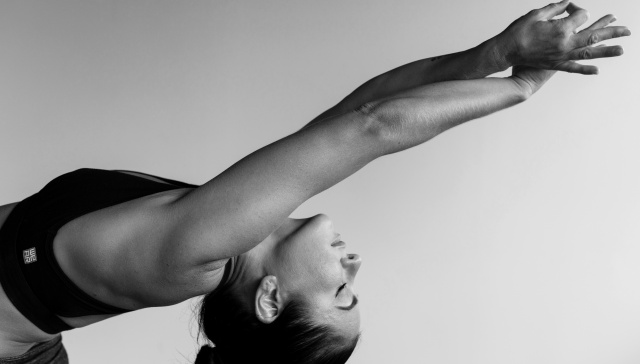Vinyasa Yoga
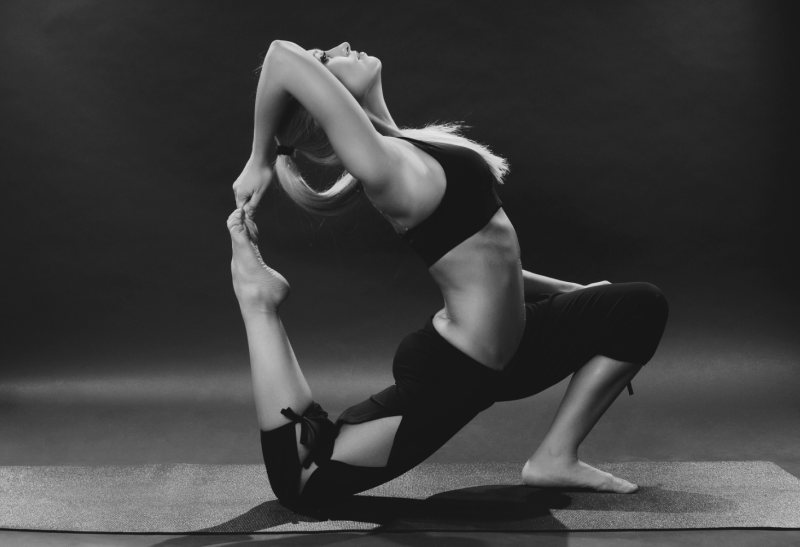
All you need to know to practise Vinyasa yoga: origins, what to expect in a class, who it is for, the difference between Vinyasa yoga and Ashtanga yoga, Vinyasa teacher training - and our recommended teachers in Vinyasa yoga.
Vinyasa Yoga
Vinyasa yoga, often referred to as "flow yoga," was established in the 20th century, inspired by Ashtanga yoga. Vinyasa yoga evolved from the same lineage but with a flexible and creative approach.
While traditional yoga forms sometimes follow a set sequence, use props and you to chant mantras, Vinyasa introduces freedom and variety, making it adaptable to modern practitioners.
What to Expect from a Vinyasa Yoga Class
One of the defining features of Vinyasa yoga is its flow, meaning that movements are seamlessly linked together through your breath. Expect to move fluidly from one pose to another, sometimes even jumping between poses, creating sequences that feel almost dance-like. Classes can range in pace—some are slow and gentle, while others are fast-paced and challenging. Best to have a towel handy just in case!
Here's what you can typically expect in a Vinyasa yoga class:
- Dynamic Sequences: Think Sun Salutations, warrior poses, and balancing poses—with lots of creative transitions in between.
- Focus on Breath: You'll often hear cues like "inhale as you reach up" and "exhale as you fold forward," helping you synchronise your movements with your breath.
- Varied Themes: Vinyasa classes often revolve around a theme, such as strength-building, relaxation, or hip openers.
Who is Vinyasa Yoga For?
In Vinyasa yoga classes, you'll often see a lot of younger girls and maybe some ex-dancers! Younger participants might enjoy the approachable side of vinyasa yoga (no risk of chanting mantras), as well as the cardio-like benefits and the music sometimes being played. Young girls are also usually more flexible than the average population, so Vinyasa is ideal for them as it requires a bit more flexibility than static forms of yoga like Hatha yoga or Iyengar yoga.
You'll need to jump in between poses to follow the teacher, which is hard to do if you can't reach the floor easily!
Vinyasa Yoga vs. Ashtanga Yoga
Though Vinyasa and Ashtanga yoga share a common lineage, they are distinct in their structure and style.
Here’s a quick comparison:
- Set Sequences vs. Variety
While Ashtanga follows a rigid sequence of poses, Vinyasa thrives on variety and creativity. Every Vinyasa class can look completely different.
- Intensity
Both are dynamic styles, but a full Ashtanga sequence is often more physically demanding and longer (it can take 90 minutes or more). Vinyasa is more adaptable in terms of intensity and duration.
- Community Focus
Ashtanga is often self-led (Mysore-style classes), requiring personal discipline. Vinyasa classes are typically teacher-led, offering a more communal, guided experience.
What does Vinyasa mean in sanskrit?
The Sanskrit word vinyasa can be broken down into its two components. Nyasa means to sanctify and draw one’s full attention into a particular meditative focus and then release the content of the focus. Vi means to arrange or sanctify in a specific way in response to context, or lack thereof. This implies a sequence of steps and countersteps. Vinyasa then means the focused, intentional sequence of form, thought movement, and breath.
Be ready to sweat!
The essence of Vinyasa practice lies in the vinyasas, which create and maintain heat for performing asanas. This synchronisation of breath with fluid movement warms the blood, aiding its cardio-vascular circulation and cleansing as explained by Pattabhi Jois.
As the blood thins, it flows freely, easing joint pain and flushing out toxins from various parts of the body. This detoxification, evidenced by the sweat produced during practice, leads to a healthier, stronger, and more energised body.
Sweating is not just a byproduct but a goal in Vinyasa Yoga; it symbolises the elimination of impurities and the purification of the body. Once the body is purified, the purification process extends to the nervous system and sense organs, culminating in a state where controlling the mind becomes achievable.
Other types of Vinyasa yoga
Teachers who started out in the traditional system have since developed their own expressions of the practice keeping the principle of vinyasa, but developing their own style: Power yoga, Prana Flow yoga, Vinyasa Flow yoga, Baptiste Flow, and many others.
Vinyasa yoga Teacher Training
Most of the yoga teacher training courses available inn the UK will be for Vinyasa Yoga certifications. Typically based on Yoga Alliance Professionals standards, two hundred hours (200 YTT or Yoga Teacher Training) is the minimum adequate training time. Vinyasa teacher training courses can be found in many studios across the UK. Here you can find more details on Teacher Training in the UK.
Key Yoga Poses in Vinyasa
Sun Salutations
Surya Namaskara or sun salutation (picture above) serves as the foundation of an Ashtanga Vinyasa practice. There are two forms of Surya Namaskara: form A and Form B. Both begin and end in Samastitihi and typically move into an upward salute, forward fold, halfway lift on the inhale and then step back to chaturanga. The quality of the movement in and out of each pose is key to the effectiveness of both sequences.
Chaturanga
The full form of chaturanga is like a well-aligned push-up position. Beginners learn by stepping back into a high plank in which the arms are vertical with the elbows slightly bent. The final form is a low plank position with the elbows bent and close to your sides, feet about hip-width apart, gazing to the front.
Downward-Facing Dog
The sixth form in Surya Namaskara is Adho Mukha Svanasana, or downward facing dog pose—the perfect counterpose to Upward Facing Dog Pose. In Ashtanga-Vinyasa, practitioners spend more time in this pose than any other single asana.
On exhalation, the feet are pulled back, hips are raised, and hands press down. The head gradually falls through the arms to complete the form, while the legs and arms continue to activate and fingers and toes keep spreading. The gaze is meant to be held on the point on the floor between your feet or at your navel.
Upward Facing Dog
Also known as Urdhva Mukha Svanasana, Upward Facing Dog pose starts at the inhale. From Chaturanga, you will pull the spine forward and roll onto the tops of the feet as you backbend. The hands are pressing down to straighten the arms without locking the elbows. The heart area floats up high and the pelvic floor will feel as if it’s being pulled way up into the body.
Child’s Pose
The deeply restorative Child’s Pose, or Balasana, is important to the practice to reestablish smooth heart rate. It is also an excellent pose to take on when stressed, tired, or on one’s moon cycle. In child’s pose, you are sitting on the mat with the legs folded back and the feet under the buttocks. Folding forward at the hip joints, you are resting your forehead on the floor and arms are relaxed either reaching up along the floor over the head or draped along the sides of the body.
Backbends
Backbends are the epitome of the prana family, expressing a sense of extension and expansion up and out. A central physiological aspect of backbends is that we literally “open the heart” to do the poses.
While we may think that backbends are just bending the spine backward, the way to go deeply into backbends and really feel their benefits is to work up and through the body to lengthen and stretch the front of the body from the pelvic floor and to avoid compression of the vertebrae.
Backbends include Locust pose or Salabhasana, lying on the belly and lifting the head, chest, arms and legs. Bridge pose or Setu Bandhasana is another common backbend, which can advance into Urdhva Dhanurasana or Upward Bow (Wheel Pose).
Camel Pose or Ustrasana is an accessible backbend found in the Ashtanga Intermediate Series, while Reclining Hero Pose or Supta Virasana is a restorative backbend that may be used as a form of sitting meditation.
Vinyasa Yoga for Yogis of All Levels
Vinyasa Yoga, a dynamic and evolving art form, is suitable for yogis at all levels, from beginners to the advanced. It is a practice that engages not just the body but also the mind, nurturing seeds of aesthetic satisfaction and flashes of understanding and compassion. This practice goes beyond physical movements; it's an insightful journey into the interconnected nature of all things, mirrored in the constant rhythm of our breath—the inhale and exhale that have accompanied us from our first to our last breath.
The essence of Vinyasa practice lies in the vinyasas, which create and maintain heat for performing asanas. This synchronisation of breath with fluid movement warms the blood, aiding its cardio-vascular circulation and cleansing as explained by yoga instructor Pattabhi Jois. As the blood thins, it flows freely, easing joint pain and flushing out toxins from various parts of the body. This detoxification, evidenced by the sweat produced during practice, leads to a healthier, stronger, and more energised body.
Remember, sweating is not just a byproduct but a goal in Vinyasa Yoga; it symbolises the elimination of impurities and the purification of the body. Once the body is purified, the purification process extends to the nervous system and sense organs, culminating in a state where controlling the mind becomes achievable.
Sources:
Pick Your Yoga Practice: Exploring and Understanding Different Styles of Yoga Book by Meagan McCrary
Our Vinyasa Yoga teachers
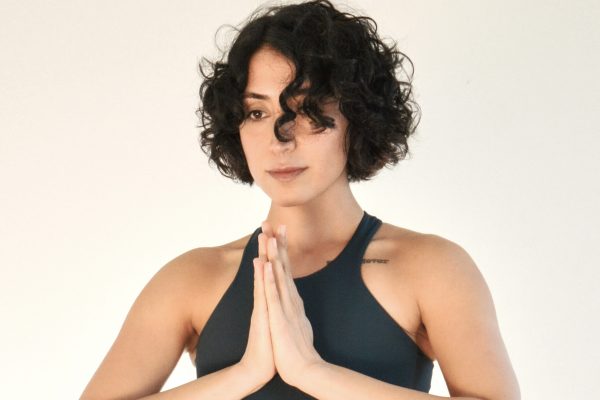
Mia Nazari
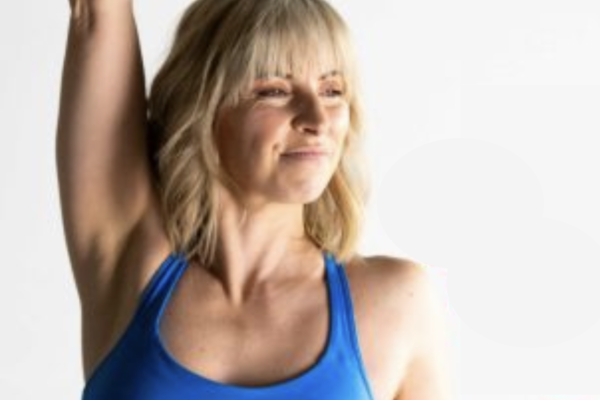
Emma Garland
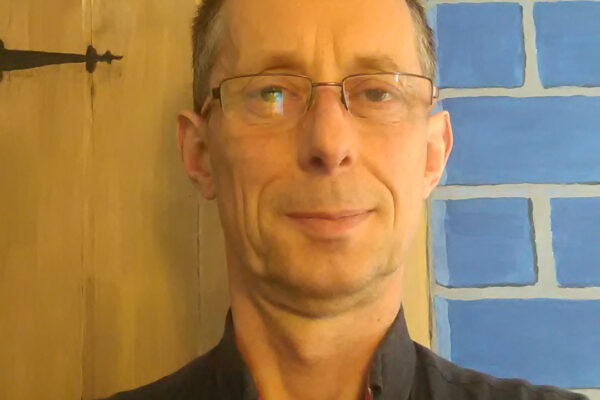
Ian Clark

Adrianne Nightingale
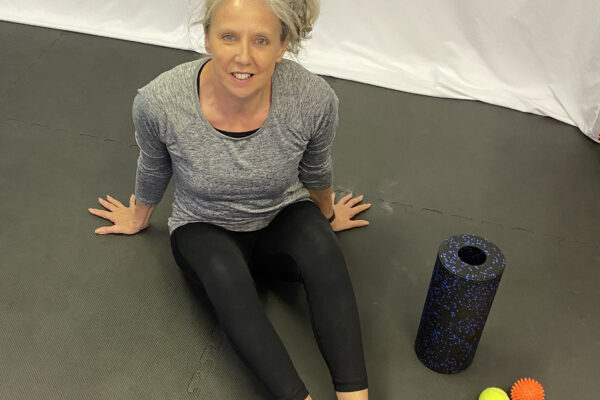
Kim Wells
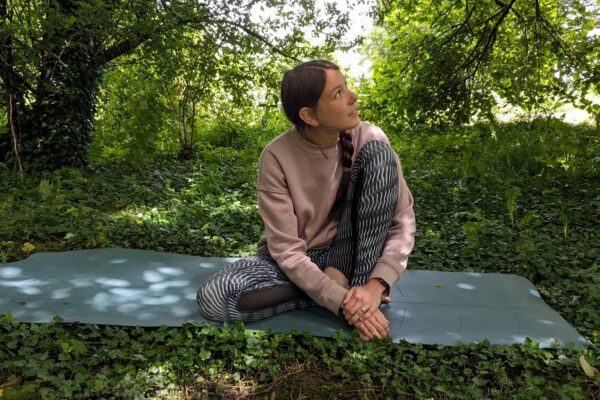
Laura Waddoups

Emma Taylor
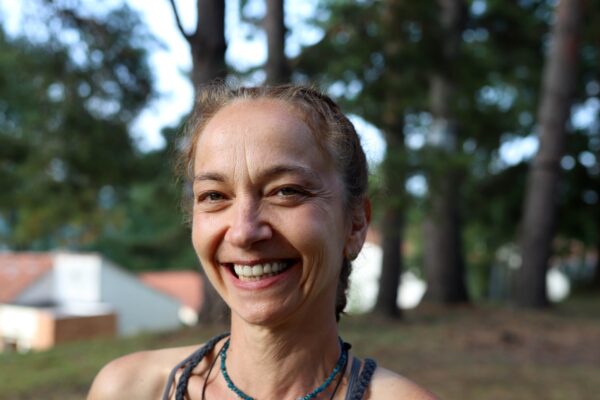
Christel Thimont

Hayley Goodwin
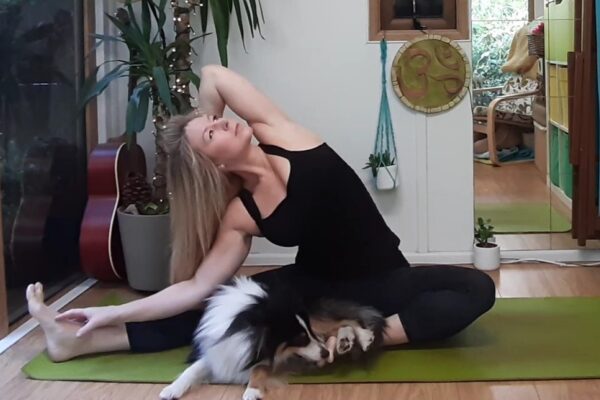
 Live Yoga Teachers
Live Yoga Teachers
